
How To Create Depth in Your Work as an Artist?
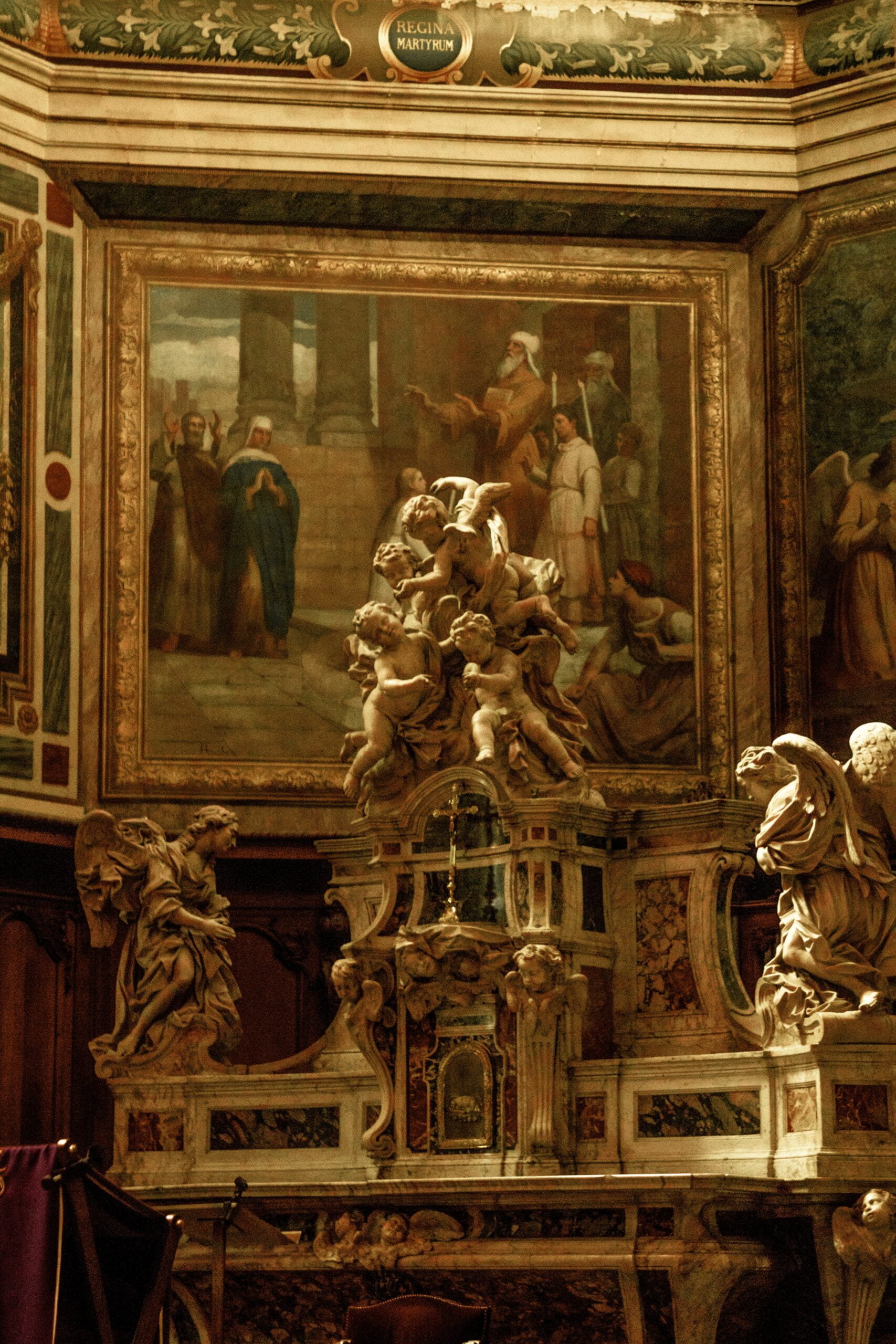

Are you sitting there, staring at your paintings, feeling completely stuck? Eager to create something that truly captivates the world. But as you pick up your brush, a wave of uncertainty washes over you. How can you infuse depth into your work, creating art that speaks to the soul and leaves a lasting impact?
See, there isn’t a single magic component that can make your painting look instantaneously more realistic and less flat. Instead, you need to employ a combination of ingredients to calculate how much of each you need to make that specific work.
I understand. Sometimes it can be extremely challenging to find that spark for your work. So how do you take that inspiration and create depth in your work? In this blog I have collected some information for you that can create depth in your work, and help you to take a fresh start.
A little sneak peak into the article:
- Ways to create depth in your work as an artist.
- How to use emotions to connect you audience with your work.
- Some techniques that can help beginners create a more impactful artwork.
So, let’s begin
Explore Around
Every great work of art starts with an inspiration. Look for inspiration in the things around you, such as the petals of a flower, the colors of a sunset, or the expressions of people you see on the street.
Explore different cultures, immerse yourself in nature, read interesting books, and have conversations. Your creativity will be stoked, and your work will gain depth if you involve yourself in these experiences.
Use Emotions
Art has a wonderful ability to arouse emotions, promote human connection, and cross boundaries. Use the language of emotions to add dimension to your work. Consider your personal struggles, pleasures, and experiences and allow them to inspire your art.
Enter the depths of your soul and transfer those feelings onto your canvas to share a message everyone can relate to. You can evoke joy, a sense of the past, or a sense of wonder through your work.
Break Boundaries- Get out Of Your Comfort
Artists need to push themselves past their comfort zones. Set a goal to experiment with new methods, aesthetics, and media. Try out strong strokes, unexpected color schemes, or abstract shapes.
Accept the unknowable and follow your curiosity. By stepping beyond your comfort zone, you have access to your unknown creative spheres, giving your work more complexity and depth.
Storytelling- Convey a Message Through Your Art
Art can communicate compelling stories and evoke strong emotional responses from viewers. Include stories in your art that reflect the human condition. Create imaginative characters, settings, and circumstances.
Let your brush tell tales that evoke reflection, unfold empathy or spur action. You can take the audience on a voyage of discovery and emotional connection by giving your art a narrative arc.
Embracing Imperfections: The Beauty of Flaws
Perfection is an illusion, and true depth lies in embracing imperfections. Allow your work to be raw, organic, and imperfect. Don’t be afraid to experiment and make mistakes along the way.
These imperfections hold the potential to transform your art, giving it a distinct character and authenticity. Remember, it is through embracing flaws that we find the true beauty in our creations.
Some Techniques that Can Help You Create Depth in Your Work:
The Power of Symbolism:
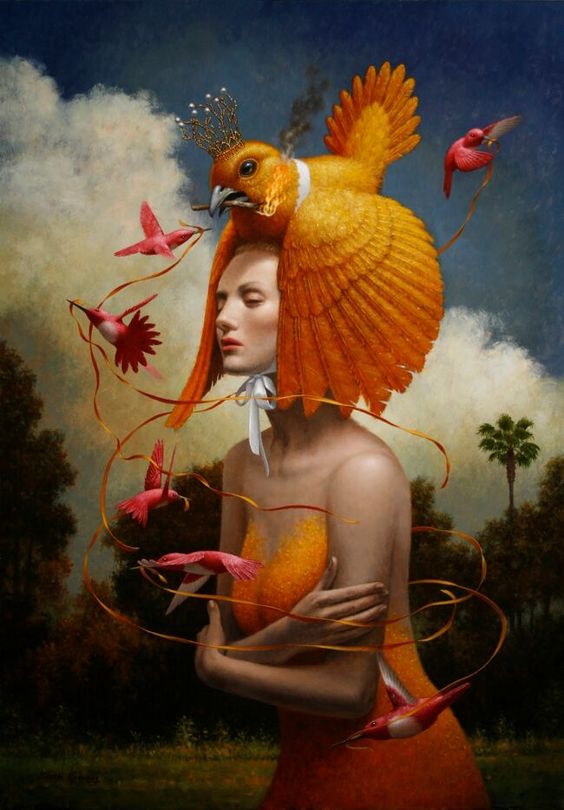
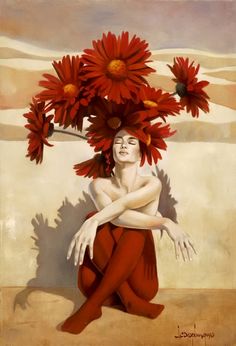
Using symbols in your artwork is a great way to give it additional layers of worth and depth. Explore the usage of metaphors and symbols that fit the message you want to convey. Using symbolism in your artwork can encourage viewers to engage with it on various levels, whether it is an ongoing motif, a thoughtful color choice, or a secret element within the layout.
Experiment with texture

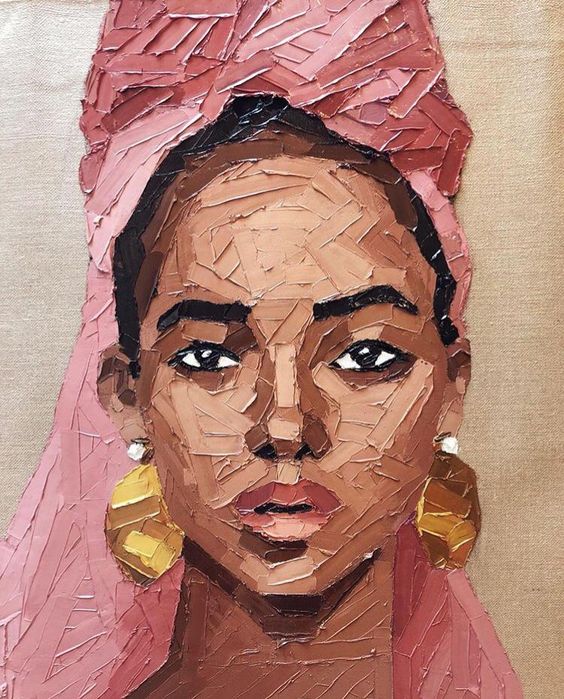
You can see how texture gives your artwork a tactile depth that engages the viewer’s senses. Search for methods and supplies for texture creation, such as Impasto, collage, and mixed media. Strategically use texture to improve the story or arouse particular feelings. Smooth and rough surfaces can interact to produce a visual dialogue that engages visitors with your artwork.
Contrast And Balance
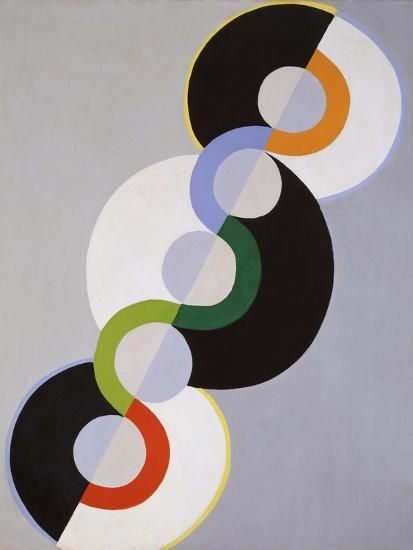

Exploring contrast and balance is a great compositional technique that can give your work more depth. Try out opposing aspects like light and shadow, color contrasts and harmonies or organic shapes paired with geometric ones. Aim for a fine balance between these contrasting components so that they can coexist peacefully and produce visual tension.
Use Light to create depth in your work


You can see how adding some light can give your art new life and depth. Experiment with various lighting methods, such as chiaroscuro or dramatic backlighting, to create a sense of depth and atmosphere. Consider how light affects your subjects and influences your artwork’s overall tone and sentiment. A variety of emotions can be evoked by the interaction of light and shadow, which also improves the storytelling in your work.
Engage the audience:

You can encourage the audience to actively engage with your artwork by allowing room for interpretation and fantasy. Do not give all the answers or give detailed explanations. Instead, allow viewers to extrapolate their experiences, feelings, and stories onto your work. You can develop a dynamic and fascinating interaction between your art and its audience by appealing to their imagination.
Canvas Position
A wide or landscape-format canvas or piece of paper is easier to generate a sense of depth than a tall or portrait-format one. Since we typically view landscapes horizontally rather than vertically, our eyes are conditioned to gaze sideways rather than up and down.
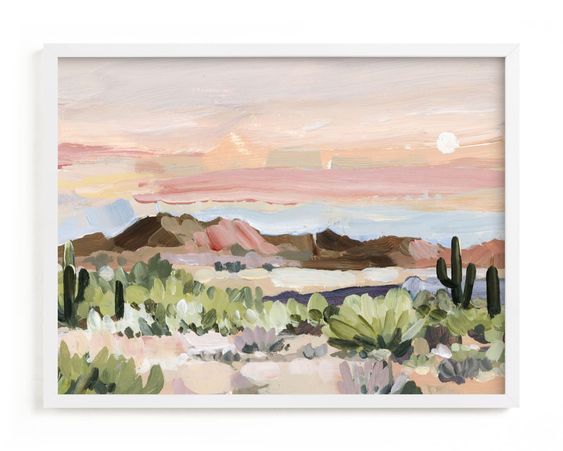
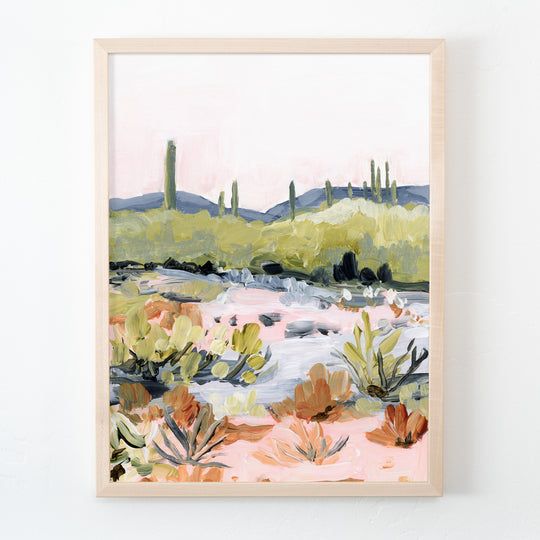
There are exceptions, but the important thing is that it should be a conscious decision. Wide paintings underline that since human vision is stereoscopic and horizontal (i.e., we have two eyes next to one other), depth inherently correlates with the horizontal.
Layering and overlapping:
Layering and overlapping the objects in your illustration helps to give the piece of art a sense of depth. Like in this image,
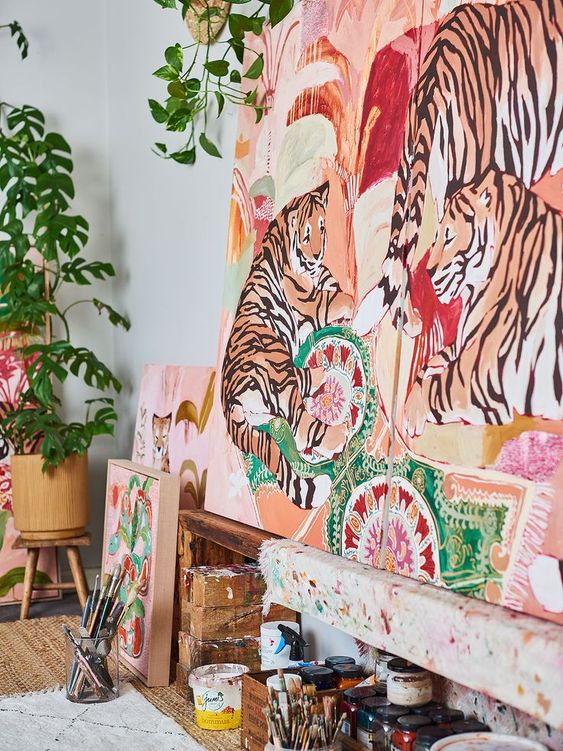
You can see the bigger items in the foreground are put in front of smaller, farther-off objects in the background to give the impression that they are farther away.
Cut back on the detail.
We don’t need to be very far away from plants or trees before we can no longer see each leaf individually. Therefore, add more detail to the foreground while leaving the background and middle distance largely unpainted. Give the distance a general impression of texture, tone, and color rather than specifics.
Avoid being tempted by a reference image obtained with an ultra-high resolution camera that reveals every blade of grass from a distance of many kilometers. But we’re painting here, not copying pictures.
Reduce Element Size
One of the fundamental principles of perspective in Western art is that objects farther away appear smaller than objects closer to us. A painting’s spectator is immediately given something to compare the other parts against, a sense of scale, and a sense of distance, by including an element of a recognized size, such as a human or tree. Our brains automatically scale the rest of the composition to this.
A classic is when a road, railway, line of trees, or fenceposts gets narrower and thinner as it moves farther away. Even while we are aware that a road has the same width all the way along (or more or less, in the case of a single-track road like the one in the picture), it seems to get narrower the farther away it is, which is why observing this in a landscape painting contributes to the illusion of depth.
Make your work a mirror that reflects both your innermost self and the common experience of all people.
Always approach your art with a constructive outlook. Get rid of your self-doubt and other people’s comparisons. Accept the idea that your journey is personal and that every accomplishment is a step in the right direction. Recognize that growth is a constant process, and celebrate every step forward you take.
Remember that the goal of art is not merely to produce something aesthetically pleasing but also to touch people’s hearts and souls, evoke thinking and emotions in them. You will feel fulfilled as an artist when people respond positively to your work and find it meaningful.
Finally, surround yourself with a network of artists who support you. Find more artists who inspire and motivate you. Participate in debates, present your work, and acknowledge each other’s accomplishments. Collaboration and exchanging ideas can offer priceless insights and enhance your own artistic path.
Always remember that the creative process is a transformational one. It is a voyage of connection, expression, and self-discovery. Accept mistakes as beautiful, add storylines, emotions, and different points of view to your work, and always support your creativity with self-belief.
Now don’t t keep thinking; instead, produce art that speaks to the world, and may your journey be filled with joy and the knowledge that your contributions have had a beneficial influence. Also, if you’re looking to set your goals for this year, you can read New Year, New Goals: How To Set Creative Goals in 2023.
I’ll see you next time with another article, take care!
The images in this article are sourced from:










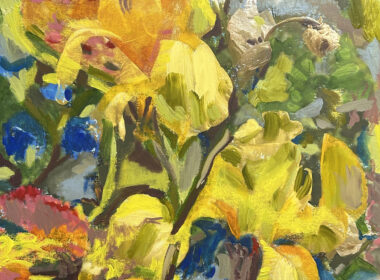
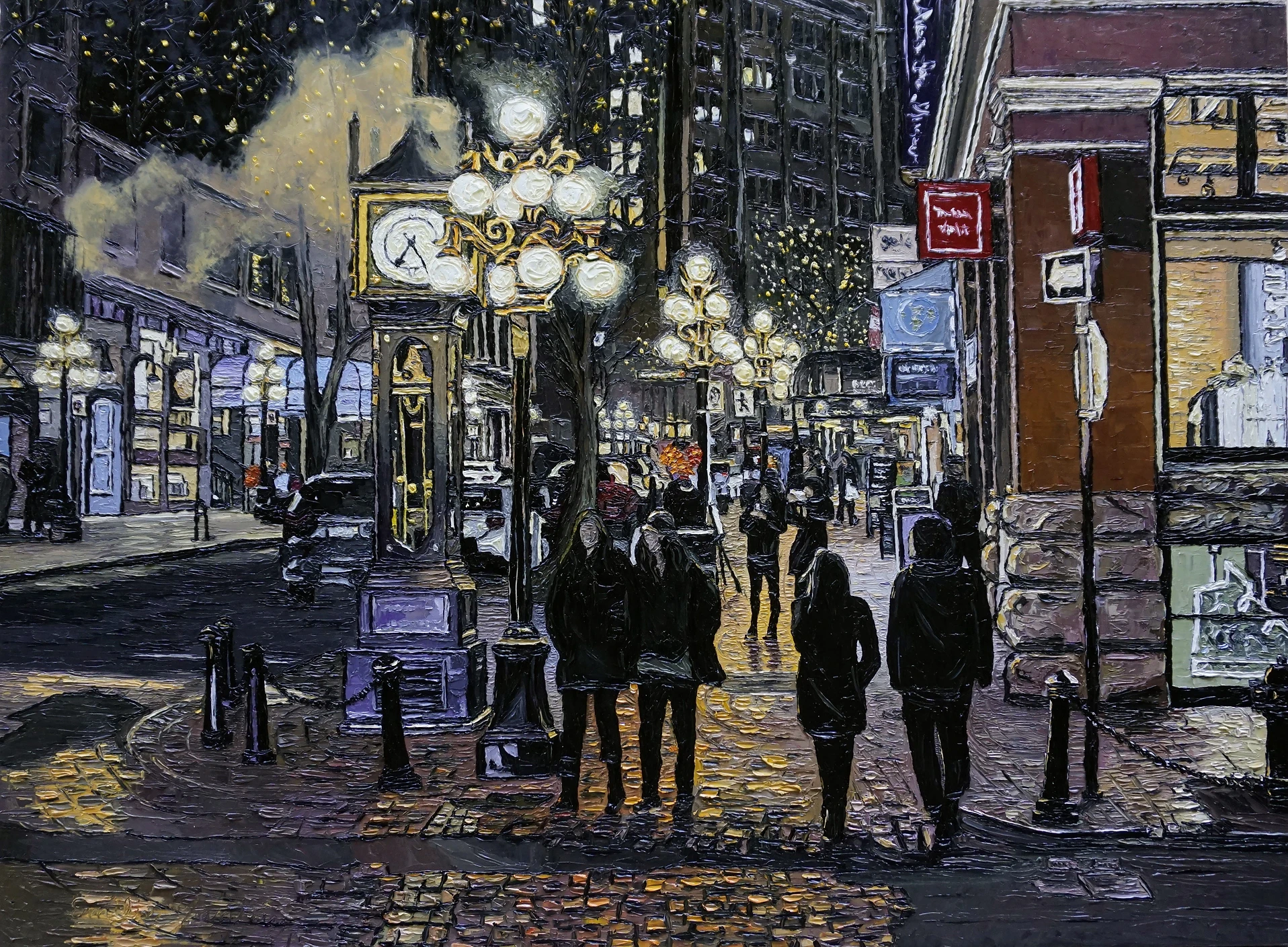

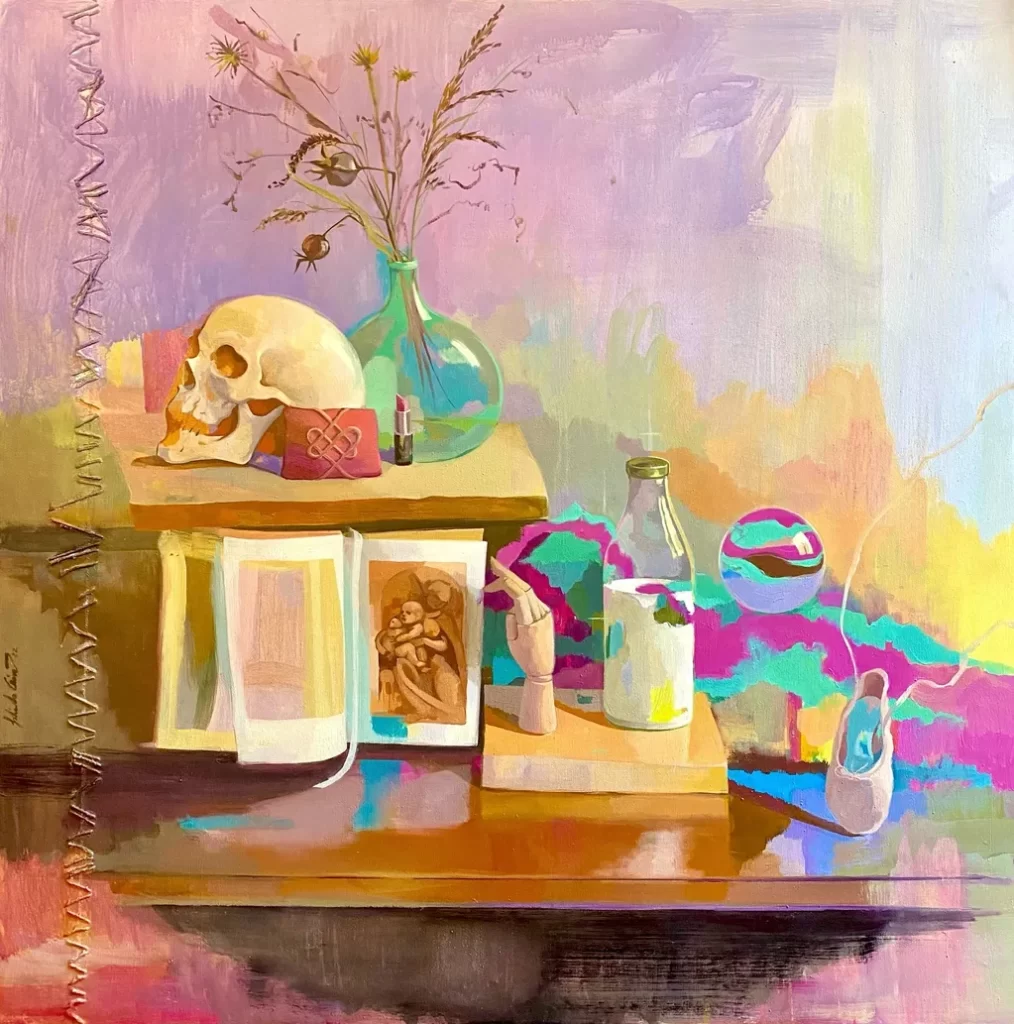



Comments 21